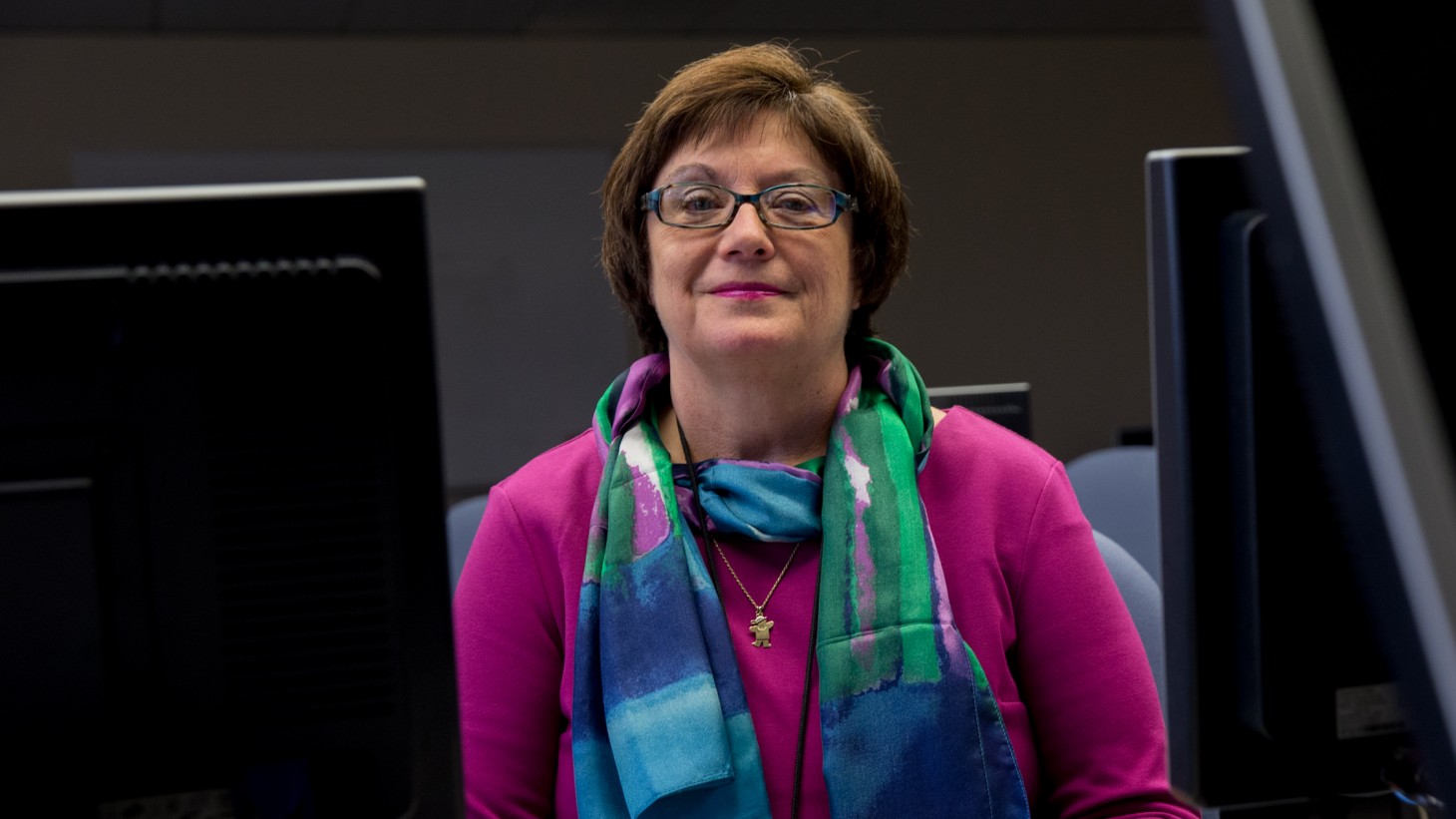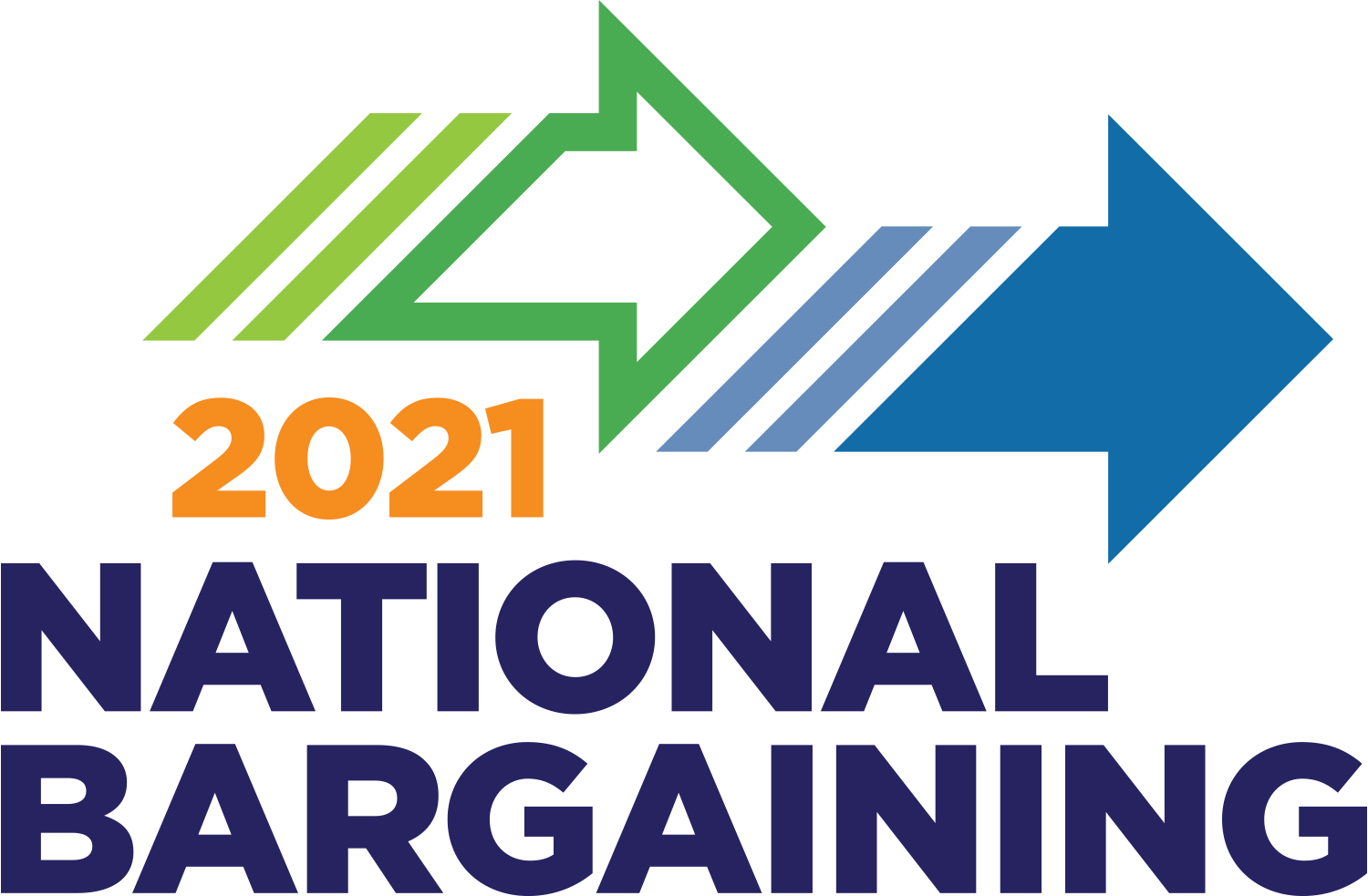Hank Spring 2014
Peer Advice: Fear, Technology and Reality

Sheryl Miller, a licensed practical nurse and member of SEIU Local 49, says if people are paralyzed with fear, they’ll never use the technology.
Technology is changing frontline jobs
Sheryl Miller, a licensed practical nurse and a member of SEIU Local 49, is the technology coordinator for the Coalition of Kaiser Permanente Unions for the Northwest region. She’s worked for Kaiser Permanente for 30 years and has been involved in most of the major electronic changes of our time—including implementation of KP HealthConnect®—and has helped the organization with the challenge of integrating electronics into our everyday work. She was interviewed by LMP Communications Consultant Jennifer Gladwell.
Q. What did you learn working on KP HealthConnect?
A. I look at the people component of technology. If people are paralyzed with fear, they’ll never use the technology. With KP HealthConnect, we learned that peer-to-peer training, sponsor support and funding for labor flex teams—which have the people who do the job become subject matter experts—was a model for success.
In the 1980s, you did not learn typing as part of your schooling as a nurse. When we implemented KP HealthConnect, we had significant generational gaps. Some employees didn’t type. Through the labor flex teams, we ensured peers were training each other around work they understood.
Technology impacts workforce planning. We have to think ahead so we don’t become extinct. Roles will change, but through the partnership and workforce planning, we can plan for the changes and redeploy impacted staff.
Q. How is technology affecting roles today?
A. Self-check-in kiosks are rolling out in the Northwest clinics. This is what some of our patient population has been asking for. Registration representatives are a group of dedicated employees that have been doing customer service behind a desk. Now, they are being asked to be a concierge, a greeter, as well as answer complex benefit questions.
The Visual Dermatology Assist project is being piloted at two clinics in the Northwest. Medical assistants are being trained, following the provider’s order, to take a picture of a skin irregularity on an iPhone and send it to Dermatology. Sixty-eight percent of the photos were reviewed, diagnosed and had treatment plans within 24 hours. A typical appointment could take six to eight weeks to schedule. This is improving access.
Q. Have you been able to spread effective practices from the KP HealthConnect implementation?
A. ICD-10, the new coding system, goes live in October. We’ve been able to engage UBTs and labor so they are part of making the decisions and determining processes. We’re using peer-to-peer training and trying to break down barriers early on so our staff and members have the best possible outcome.
Q. All this technology is great, but what about privacy and security?
A. It keeps me up at night. I have spoken to steward councils about privacy. We are seeing an increase in social media violations that could result in people losing their jobs or being fined. We have to be very careful about what we’re posting in social media. It’s so easy to vent about a bad day, but you have to be vigilant to ensure you are not revealing patient information. I am here for the patient and to educate employees on privacy and security.
Q. You’re a chief steward, yet you seem adamantly in favor of management policy. How do you explain that?
A. I work off of fact. It’s a policy that we do not go into our own medical record or those of others unless we have a business need to do so. I am a union member, but I will never lose sight that I am here for the company, patient and union, and we all have to work together to be successful.
Q. After so many projects—what’s the secret to success?
A. I work with great people, locally and nationally. I’m not a technology expert, but if you remember the people behind the technology, it works really well. If I can help someone in care delivery enhance their ability to take care of our patients, then I’ve done my job. Technology and people are not going away—so we have to be willing to advance with it.
